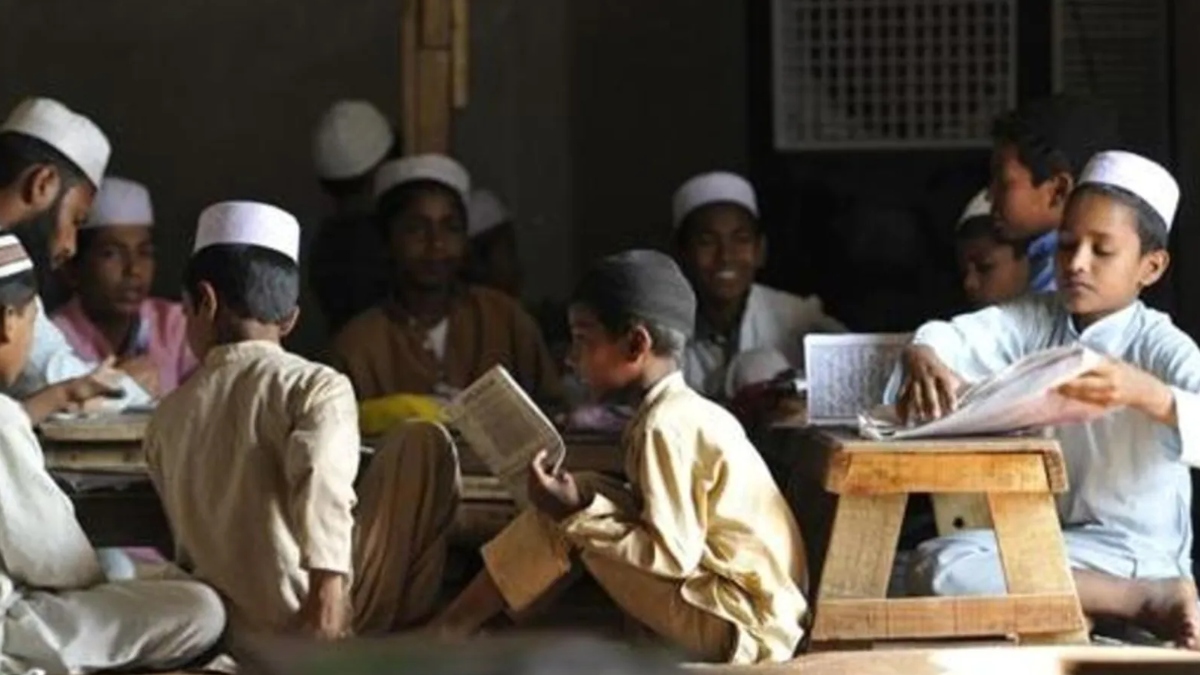


CHANDIGARH: The BJP-led Uttar Pradesh government has come up with a big decision making the national anthem necessary in the madrasas of the state and the same has been brought into force from May 12, 2022. Making the National anthem mandatory in the madrasas led to leaving everyone with speculations. The government has made it mandatory that chanting the national anthem will be mandatory in all aided and non-aided madrasas.
It came to the fore that the Haryana government being ruled by the saffron party BJP, may make the National anthem mandatory in the madrasas across the state. The state government continues to mull over several aspects associated with matters as the same has been shared by the state education minister Kanwar Pal here all Friday in Chandigarh. In a reaction to the issue, he said that there is no harm in making the national anthem mandatory in the madrasas as it’s a matter of great pride for all of us. It is pertinent to mention that the National anthem will be played before the class starts in the morning, according to the decision taken by the UP government.
One of the senior officials of the Education Department said that around 125 madrasas exist officially on record in the state. Yamunanagar district which is adjacent to Uttar Pradesh emerges on the top in terms of maximum madrasas as five of the madrasas are located in the district. Besides, as many as 4 madrasas in Nuh district, to be followed by Palwal with 3, madrasas while rest 3 madrasas are in Sonipat, Ambala, and Panchkula districts respectively.
It is a noticeable fact that as many as 11 madrasas are co-educational to be followed by 3 boys and 1 girl education-based madrasas. Two madrasas are located in urban areas while the rest are in rural areas. Basically, there are two types of madrasas across the country, one which is founded by the state government and the second exists as non-funded. Just two madrasas located in Hathin are recognised by the Waqf Board while the remaining 13 fall in the non-recognised category. 11 of the madrasas cater for up to the 8th standard while the remaining 4 are up to primary level. Besides, most of the madrasas are located in the Mewat belt as most of the Muslim community resides there.